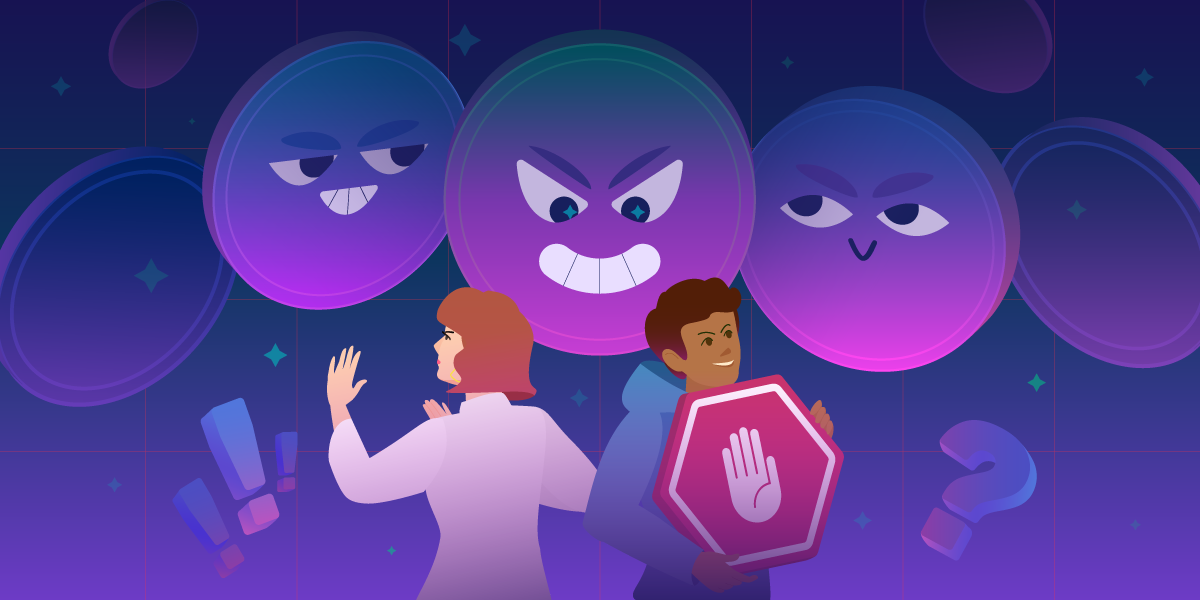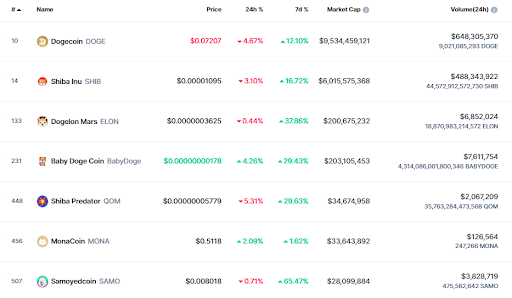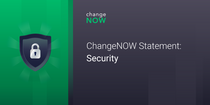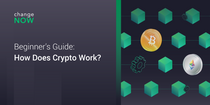How To Protect Yourself From Scam Tokens
It gets particularly dangerous when emotions affect a decision to invest in a token and a user does no basic research.
Why is there an abundance of scam tokens? In permissionless public networks like Ethereum or BNB Chain, everyone can mint an asset and list it on Uniswap or other decentralized exchange. Free token listings help enthusiasts easily unlock their potential, but attract malicious actors as well.
ChangeNOW supports all tokens based on ETH, BSC, Polygon, Avax C-Chain, TRX, and KLAY network – users don’t have to enter smart contract addresses manually to send or receive any asset. This is a strong usability advancement, but it also puts a greater responsibility on token holders to do due diligence and choose what cryptocurrencies to invest in.
Scammers parasitize on FOMO, especially when the market is overheated – users are driven by the desire to maximize profits and tend to skip research. However, attention should be paid during bearish periods as well.
Caution and thoughtful research will help you spot and avoid fraud. Let’s see what types of scam tokens there are and how you can detect them.

Rug Pulls
This is one of the most common types of fraud in the cryptocurrency and DeFi world. First, the team behind the project creates a token and aggressively promotes it, making everyone believe it offers great opportunities. High returns are promised, the team positions the token as one having a clear roadmap and long-term value. When the buzz around the project reaches its peak, developers withdraw the tokens they own and vanish without a trace, leaving thousands of investors with an asset dumped to zero.
A great example of a rug pull is the Squid Game Token. The series was making headlines in the fall 2021, and a self-titled token predictably emerged. The popularity of Squid Game helped the team pump the coin by 23,000,000% up to $2,860 in just a few days. Some experts were expressing concerns on the token’s credibility, and the fears were confirmed on November 1: scammers withdrew the funds, and the price crashed to zero. The moment was captured in an iconic video by Simon Zawa streamer.
The best way to protect yourself from a rug pull is doing due diligence before buying the token:
- Look at the website and the whitepaper. Temporary projects built for quick money aren’t eager to create extensive whitepapers and make detailed websites, so you will see how superficial they are. The simplicity doesn’t necessarily mean it’s a scam, but either way you wouldn’t want to invest in a project that didn’t bother to create a thorough description.
- Find information about the team. Some of the top cryptocurrencies were created by pseudonymous developers, including Bitcoin. However, if a token doesn’t feature any renowned names or organizations in its description, it should be treated with double caution. Valid crypto projects are usually launched by people with some relevant background and experience that can be publicly confirmed.
- See if there have been audits. These code security checks done by independent entities help verify credibility of a project.
- Look what percentage of token’s supply belongs to developers. It’s a red flag when a great share of supply is owned by the team. Also, some legitimate projects put a timelock on all withdrawals from dev wallets.
Imitation Tokens
When some legitimate team announces its plans to launch a token, fraudsters can quickly create an asset with the same name and branding and promote it as if it’s the original. They reach out to the community, persuade users to buy the token, and thus pump its price. When it hits the peak, they withdraw and vanish just like in a rug pull.
Avoiding imitation tokens is easy. Check the original website or social media of the project and find the token’s smart contract address. If it matches with the address of a token you’re about to buy, then you’re safe.
Meme Tokens
Since the first meme coins like DOGE and Shiba Inu started to aggressively pump, dozens of dog-themed tokens have emerged. If a cryptocurrency is devoted to memes, it doesn’t necessarily mean it’s a scam, but many of such tokens offer nothing but good marketing. Usually, they promise great returns, claim they are about to “kill Dogecoin” and build the biggest decentralized community. Some sophisticated tokenomics is applied to persuade users that the token has value. And even if there is some, meme coins are still extremely high-risk assets.

Just some of the top meme tokens. New ones keep emerging on a daily basis. Image source
Thorough research will help you spot some red flags:
- On Etherscan, see the number of holders and transactions. If there are few wallets and transactions, and the latest transfers were made a while ago – that’s a bad sign.
- On CoinMarketCap, see the trading volume and market capitalization – they shouldn’t be too low. Furthermore, the volume could have been artificially pumped (“wash trading”). This can be confirmed by the data from Etherscan: if there have been just a few high-volume transactions lately involving one address and nothing more, it’s a red flag.
- Check the social media of the token. Any legitimate project is active on Twitter, Reddit, and other platforms.
Airdrop Scams
There are two types of airdrop scams: dump airdrops and private key scams.
Dump airdrops resemble rug pulls. Developers make a buzz around a new token and airdrop it. In the pursuit of profit, users buy more of this token whenever it’s listed on some exchange. Then, like in a rug pull, developers withdraw and leave. Research is the way to protect yourself from such scams as well, and one of the most important metrics is the percentage of tokens owned by the team.
Private key scams take place when an airdropper asks you for your private keys rather than the public ones. Avoiding such type of fraud is easy – never send your private keys to anyone for whatever reason, this is a golden rule of all crypto. Anyone who promises to help save your funds or multiply your gains using your private keys is 100% a scammer.
How Not To Fall Victim To a Scam Token: a Summary
Let’s review all the ways to protect yourself from scam tokens.
- Good research includes checking the following:
- Team – the more renowned it is, the better. Pay extra attention to anonymous developers.
- Tokenomics – the trading volume and market cap should be large enough. It’s great if there are many token holders, the team doesn’t own much of the supply, and devs’ withdrawals are timelocked.
- Smart contract audits – scams avoid those to conceal vulnerabilities in their code.
- Smart contract address – double-check it at a reliable source like the project’s official website or CoinMarketCap.
- Website and the whitepaper – poorly written docs may be a sign of a scam.
- Social media presence – there should be active accounts open to discussion. It’s also good to check independent token communities on Reddit to see what other users say.
- Make sure the project doesn’t offer exaggerated returns in a short period – usually, it’s a sign of fraud.
- Whenever anyone asks you for your private keys, be sure it’s an outright scam.
And finally, check your emotional state while considering any investment. If you feel like making gains ASAP without doing research, hold on for a second and make sure that the deal is worth it.



